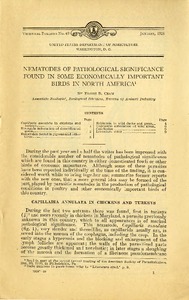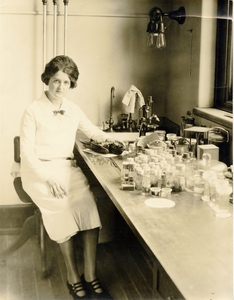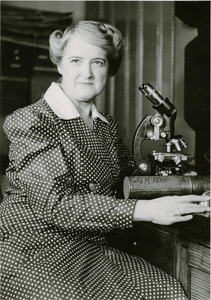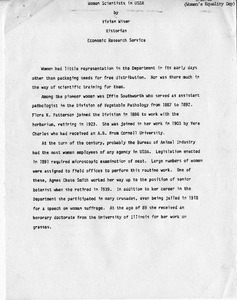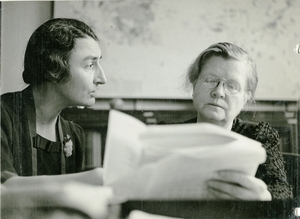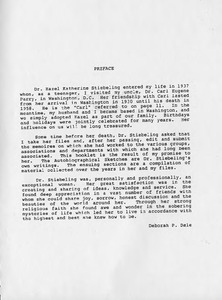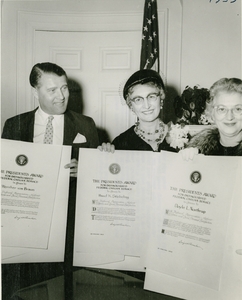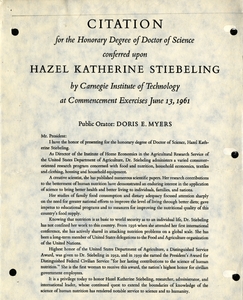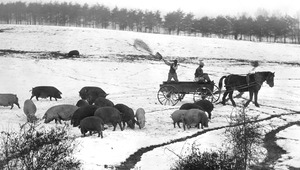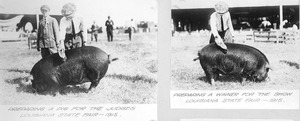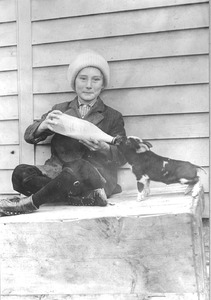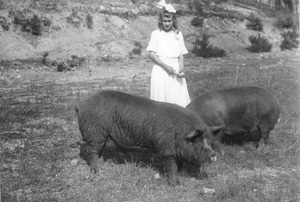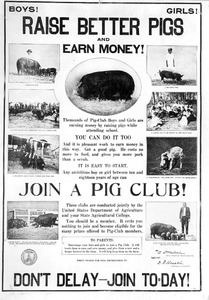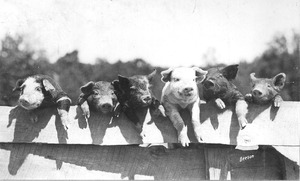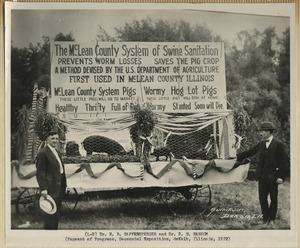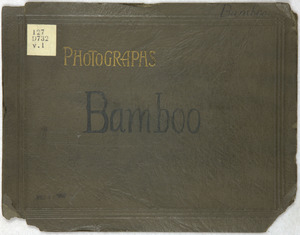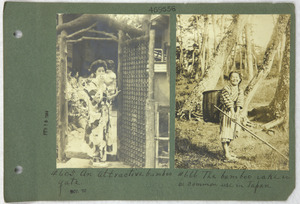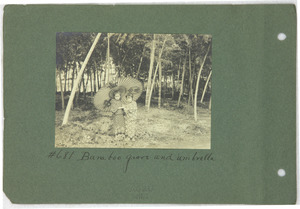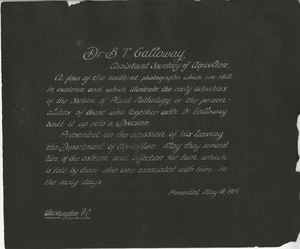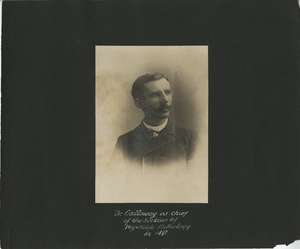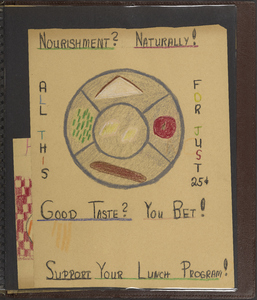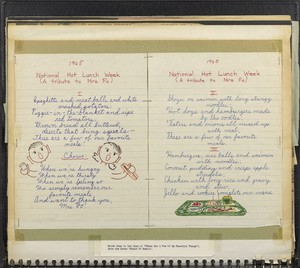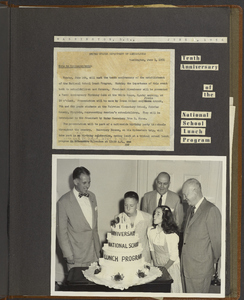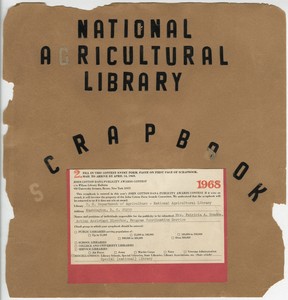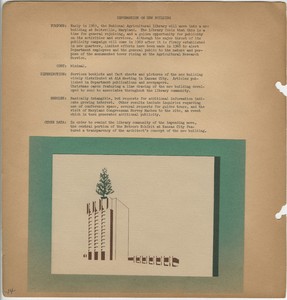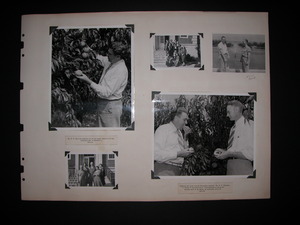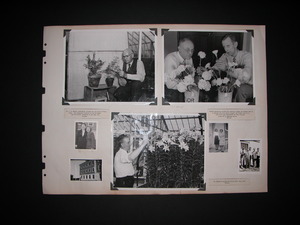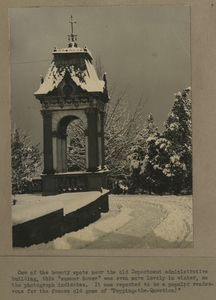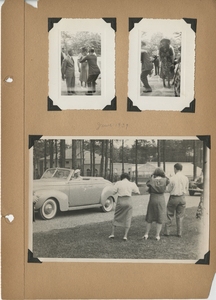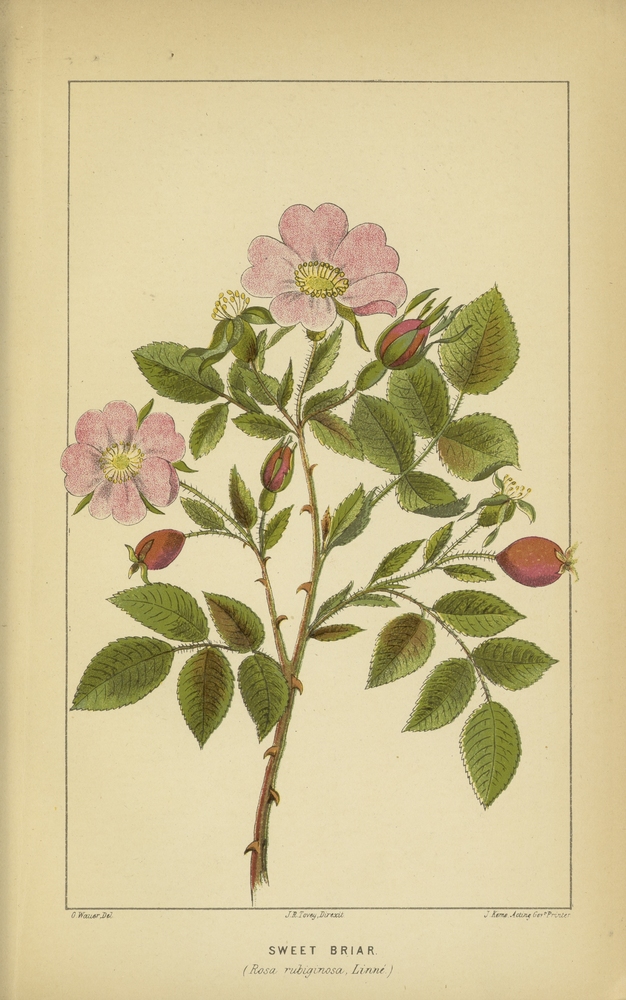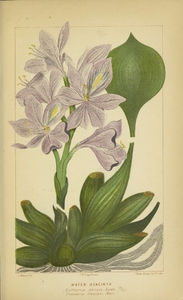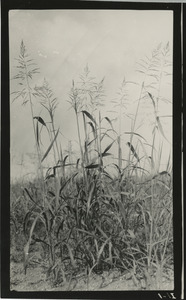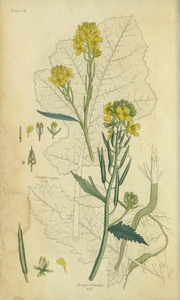March
Women's History Month
Although President Jimmy Carter released a statement encouraging that March 2-8 be recognized as Women's History Week, the first official proclamation of this precursor to Women's History Month came from President Reagan in 1982. Five years later, President Reagan declared the entire month of March to be Women's History Month. The text of that proclamation is as follows:
From earliest times, women have helped shape our Nation. Historians today stress all that women have meant to our national life, but the rest of us too should remember, with pride and gratitude, the achievements of women throughout American history.
Those achievements span the wide range of human endeavor. They have not been attained without the quiet courage and sacrifice of millions of women, some famed, most not. Women have established themselves in business and the professions, and today women outnumber men as undergraduates at our colleges and universities. Women have fought for moral and social reform and have taken part in and led many great social and political movements of our land. Women have founded many of our philanthropic, cultural, educational, and charitable institutions. Women have served our Nation with valor and distinction during wartime, nursing the wounded, piloting airplanes, performing vital jobs in defense plants. Women have forged a place for themselves in public life, serving on the Supreme Court, in the Congress, and in Cabinet posts; becoming Ambassadors; and holding Federal Executive posts that affect the lives of every citizen.
Most importantly, as women take part in the world of work, they also continue to embrace and nurture the family as they have always done. All Americans can be truly grateful for the role of women as the heart of the family and for their every accomplishment today and throughout our history.
The Congress, by Senate Joint Resolution 20, has designated the month of March 1987 as "Women's History Month" and authorized and requested the President to issue a proclamation in observance of this event.
Now, Therefore, I, Ronald Reagan, President of the United States of America, do hereby proclaim March 1987 as Women's History Month. I call upon all Americans to mark this month with appropriate observances to honor the achievements of American women.
In Witness Whereof, I have hereunto set my hand this sixteenth day of March, in the year of our Lord nineteen hundred and eighty-seven, and of the Independence of the United States of America the two hundred and eleventh.
Ronald Reagan: "Proclamation 5619 - Women's History Month, 1987," March 16, 1987. Online by Gerhard Peters and John T. Woolley, The American Presidency Project. http://www.presidency.ucsb.edu/ws/?pid=33978.
National Pig Day
(March 1)
March 1 is the day to go hog-wild celebrating swine! National Pig Day is an annual event in the United States dedicated to raising awareness and appreciation of the domesticated pig. This hog holiday was first observed in 1972.
International Scrapbooking Industry Day
(March 4)
“A picture is worth a thousand words...” Thanks to all the scrapbookers who creatively preserve our agricultural past. Keep on scrapbooking to share history with future generations!
Weed Appreciation Day
(March 28)
The purpose of this day is to acknowledge that many plants generally considered “weeds” have positive qualities. Here are four “weeds” that were originally considered worthy of appreciation, but have turned out to be monster aliens. Also for good measure is a worst-case scenario unloved by all. The color images are from rare books: Weeds, Poisonous Plants and Naturalized Aliens of Victoria; NAL call no. SB613.A8E83; and: An Essay on the Weeds of Agriculture; NAL call no. 79 H71 R. The black and white images, which date from the 1920’s, are from the USDA Weed Photograph Collection (Ms. 194). There are more than 1,400 photos and negatives in this collection.
To the left is a Sweetbriar rose (Rosa rubiginosa, Rosa eglanteria). What could there possibly be not to love about this beautiful wild rose? It has elegant form and color, a sweet apple-like scent, and from the hips a tea containing a full-day’s supply of vitamin C can be made. Unfortunately, it is also a non-native, invasive, aggressive, dominant, and prickly little shrub that is a threat to native plant communities. USDA NRCS Plant Guide asks us not to plant it “in a home landscape, for wildlife habitat, or for any other use.”
The water hyacinth, native to South America and characterized by its beautiful lavender flowers was given as a gift to the U.S. in 1884 at the New Orleans World’s Fair. These aquatic plants have indeed turned out to be a gift that keeps on giving, but not in a good way. Regarded as one of the world’s worst weeds, it grows rapidly and forms dense mats which block sun light, crowd out native vegetation, clog shipping and irrigation channels, wetlands and recreation areas. It is listed as noxious or is outright banned in seven U.S. states.
Johnsongrass, or Johnson grass, probably native to the Mediterranean region, was introduced into the U.S. in the early 1800’s as a forage plant. It is regulated or listed as a noxious weed or weed-seed US-wide, with the exception of New England. The Forest Service Weed of the Week calls it one of the “ten worst weeds in the world.” It is aggressive, difficult to effectively control, forms dense colonies, and can be toxic to mammals.
Wild mustard, field mustard or charlock is such a common springtime sight in cultivated fields that it may be surprising to learn that it is not native to the New World, but has Eurasian origins. It is known to have been cultivated for 5000 years. The young leaves are edible, the bright yellow flowers are lovely, and some cultivars are sources of mustard oil and seasoning. On the other hand, its an aggressive weed that is so hardy that it is one of the few plants that grows in Greenland. It is a host to crop pests and it crowds out native plants. It is a declared aquatic or terrestrial noxious weed in seven U.S. states.
Of course not all weed-monsters originate outside the United States, and many have never and are not likely to ever show up on anybody’s “appreciation list.” Consider the case of the horsenettle. It is native to the Southeastern U.S. but has spread widely. It is restricted or listed as noxious in many U.S. states. All parts of the plant are toxic to animals and humans, and it is the host for numerous organisms that cause plant diseases. It favors waste ground such as railroad yards and roadsides, is resistant to herbicides and has very nasty spines that will pierce a gardening glove.
Featured Collections
| Collection Name | Number | Finding Aid? |
|---|---|---|
| Hazel K. Stiebeling Papers | 267 | No |
| Eloise Cram Papers | 45 | Yes |
| USDA Poultry and Livestock Photograph Collection | 273 | No |
| U.S. National Animal Parasite Collection Records | 223 | No |
| Beverly Thomas Galloway Papers | 66 | Yes |
| Dorsett-Morse Oriental Agricultural Exploration Expedition Collection | 51 | Yes |
| National School Lunch Week Collection | 112 | No |
| National Agricultural Library (NAL) Records | 113 | No |
| Taylor, William A., Memory Book | 378 | No |
| USDA Bureau of Entomology Album | 309 | No |
| USDA Bureau of Plant Industry Records | 242 | No |
Calendar Page
March 2015 calendar page (30mb PDF). 8.5 x 11 and 11 x 17.
 An official website of the United States government.
An official website of the United States government.

